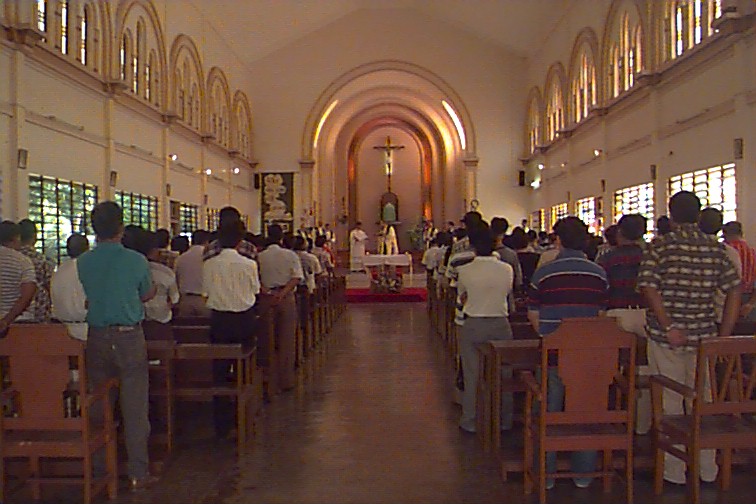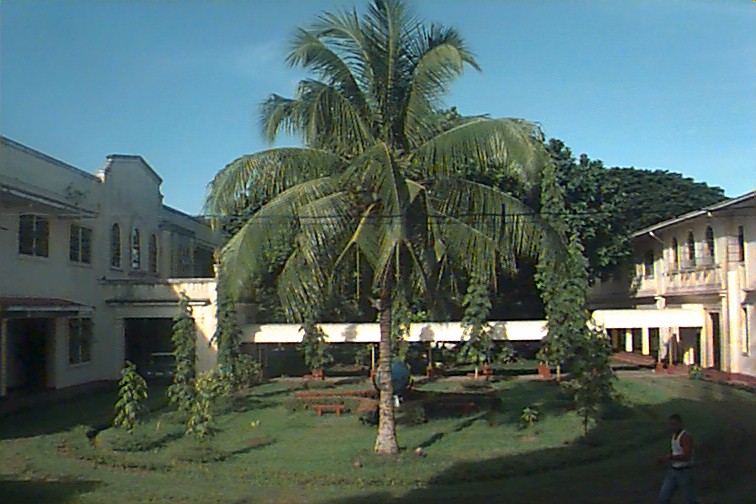The Transition Period and Periods of Change
This change took place right after the conclusion of the famous Second Vatican Ecumenical Council Council, initated by the late Pope John XXIII in 1966. One of the resolutions of this council touched the Education of Priests to be in keeping with the world and to be understood by the world. These were the times with the Latin Mass was gradually translated and prayed in the various dialects and languages around the world; when Mass is to be such as the celebrating priest has now to face the congregation.
Gradually the seminary education was transformed.
- Seminarians could now go out on week-ends more often.
- Their Christmas and summer vacations were extended.
- Latin studies were gradually eliminated;
- English. Philosophical studies, and Science studies were also reduced. An attempt of balance between the Traditional Approach have been experimented now and then.
- More subjects to know the Filipino Culture, the Filipino dialects, and on Pastoral and Spiritual disciplines.
- The high school education was completely phased out. Only college students would be the apllicants. The Minor Seminary now becomes the College Seminary.
How are the Priests from today's Saint Francis Seminary?
Are they better than the early Priests with solid education in Scholastic Philosophy, English, and the Sciences? Who knows? Perhaps, various times require different spiritual expertise by the Catholic Church. One thing all seminarians are trained to believe: the Holy Spirit works on conversion in His unique and Mysterious ways. The mission of seminaries for Diocesan Priests and for religious Priests is to train priests to be very effective instruments of the Holy Spirit in the Catholic Mission. What happened to the saint Francis Seminary is a typical change all over the world of seminaries specially for the Diocesan Priests. Religious Priests tend to strike a stronger balance with the Traditional Approach.
(by JP Mercado, Jr... updated 4/23/2000)

This chapel was built in the early sixties. |

The buildings were finally occupied as new in 1958. |


